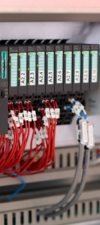PLC programming and its key role in industrial automation
The world of industrial automation is difficult to imagine without PLC programming. PLC stands for "Programmable Logic Controller" or in German "Programmable Logic Controller", and these special computers play a key role in the control and automation of machines and systems in the manufacturing industry. In this detailed blog post we will go into detail about PLC programming and understand why it is so important.

What is a PLC?
A PLC is a specialized hardware device used in industrial automation. It is designed to acquire and process various types of electrical and electronic input signals and generate output signals to control machines and processes. A PLC can be seen as the ‘brain’ of an industrial installation, which carries out the necessary calculations and provides instructions to the connected devices.

The importance of PLC programming
The hardware of a PLC alone cannot do anything. Programming is the crucial step in bringing a PLC to life. PLC programming involves creating instructions and logic that tell the PLC how to respond to various input signals. Here are some reasons why PLC programming is so crucial:
1. Flexibility and Adaptability: PLCs can be programmed for a variety of applications. Programming can be customized depending on the requirements of the specific task.
2. Speed and precision: PLCs respond to input signals in fractions of a second and perform tasks with pinpoint precision, which is crucial in manufacturing.
3. Reliability: PLCs are designed for use in harsh industrial environments and are characterized by high reliability and durability.
4. Data processing: PLCs can process data from sensors and make decisions based on this data, for example to control production processes.
5. Safety: PLC programming enables the implementation of safety-critical logic that prevents accidents and malfunctions.

Programming languages for PLCs
PLCs are programmed in special programming languages that are tailored to the requirements of industrial automation. This includes:
1. Function Block Language (FBS): This language uses graphical symbols to represent logical operations and is especially widespread in Germany.
2. Structured Text (ST): Similar to what is written in high-level languages such as C, ST is used when extensive programming is required.
3. Control Language (LAD): LAD uses graphics to represent logical instructions and is particularly suitable for visualizing complex control tasks.
4. Sequential Function Block Language (SFC): SFC enables the representation of processes and state machines.
The choice of programming language depends on the complexity of the task and the preferences of the programmer.
Applications of PLC programming
PLC programming occurs in a wide range of applications, including:
1. Manufacturing: In the manufacturing industry, PLCs control machines, robots and production processes to ensure efficient production.
2. Power Generation: PLCs are used in power plants and power stations to control the operation and monitoring of the power stations.
3. Traffic Systems: In traffic engineering, PLCs control traffic lights, barriers and signaling systems to regulate traffic flow.
4. Building Automation: In buildings, PLCs control heating, ventilation, air conditioning and lighting to improve comfort and energy efficiency.
5. Food Industry: PLCs control and monitor production facilities to produce food safely and efficiently.
Challenges in PLC programming
PLC programming may seem simple at first glance, but it can be very complex. Programming errors can have serious consequences, especially in safety-critical applications. Programmers must work carefully and test programs thoroughly to ensure they work correctly.
Future prospects of PLC programming
With the advent of Industry 4.0 and the Industrial Internet of Things (IIoT), PLC programming becomes even more important. The integration of PLCs into network systems enables even higher automation and the collection of extensive data to optimize processes.
PLC programming is the backbone of industrial automation. It enables the control and automation of machines and processes in the manufacturing industry and many other application areas. The ability to program PLCs effectively is critical to industrial efficiency and safety. PLC programming will continue to play an important role in the future as automation and networking continue to evolve in the industry. It’s an exciting time for those working in this industry as technology continues to provide new opportunities.



